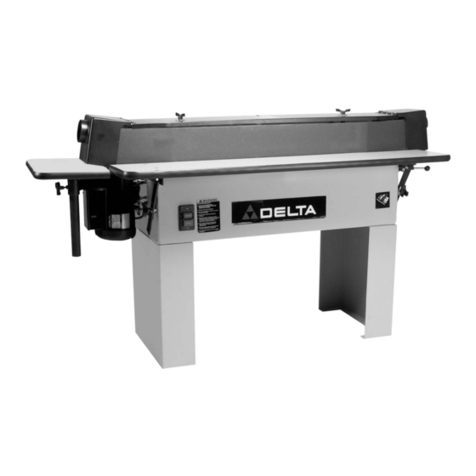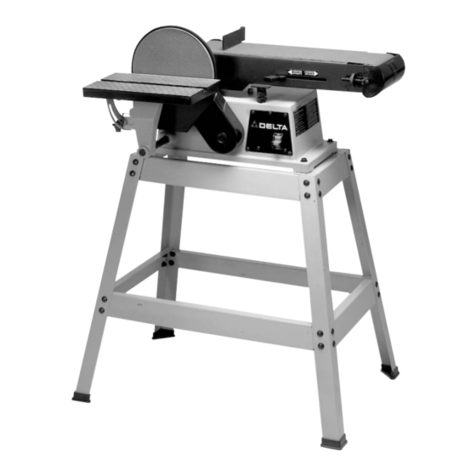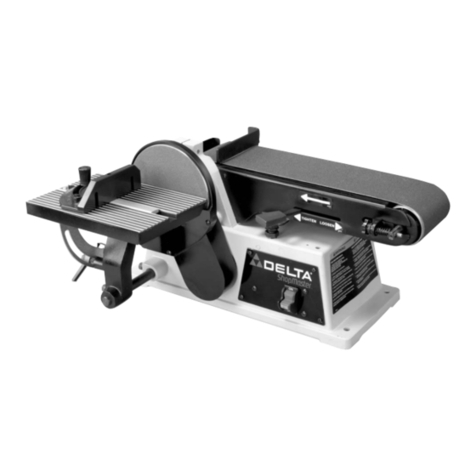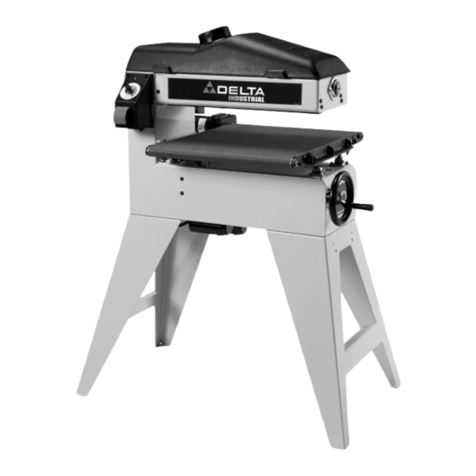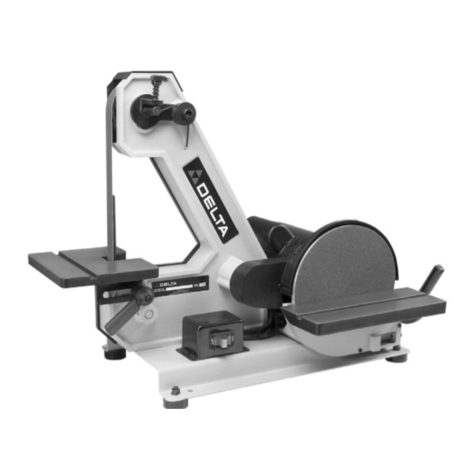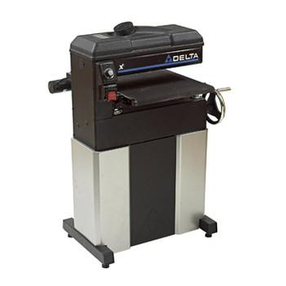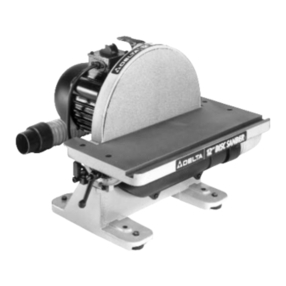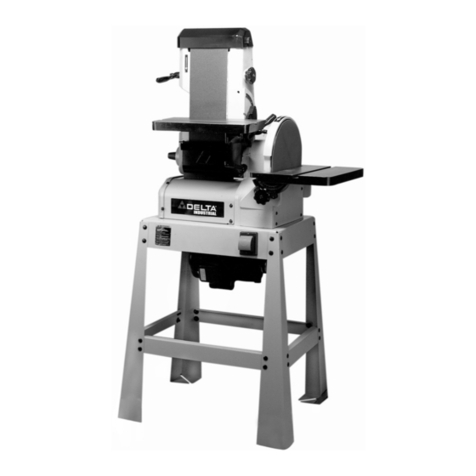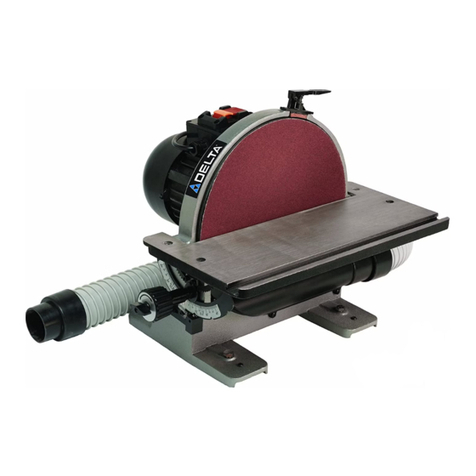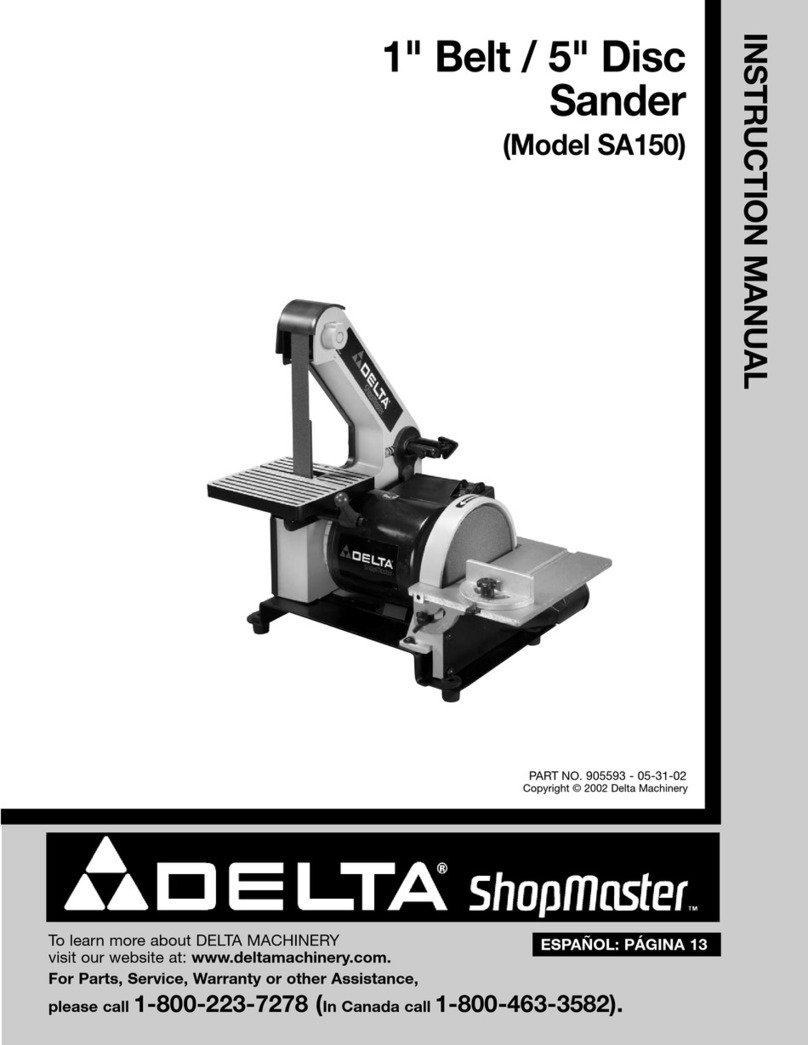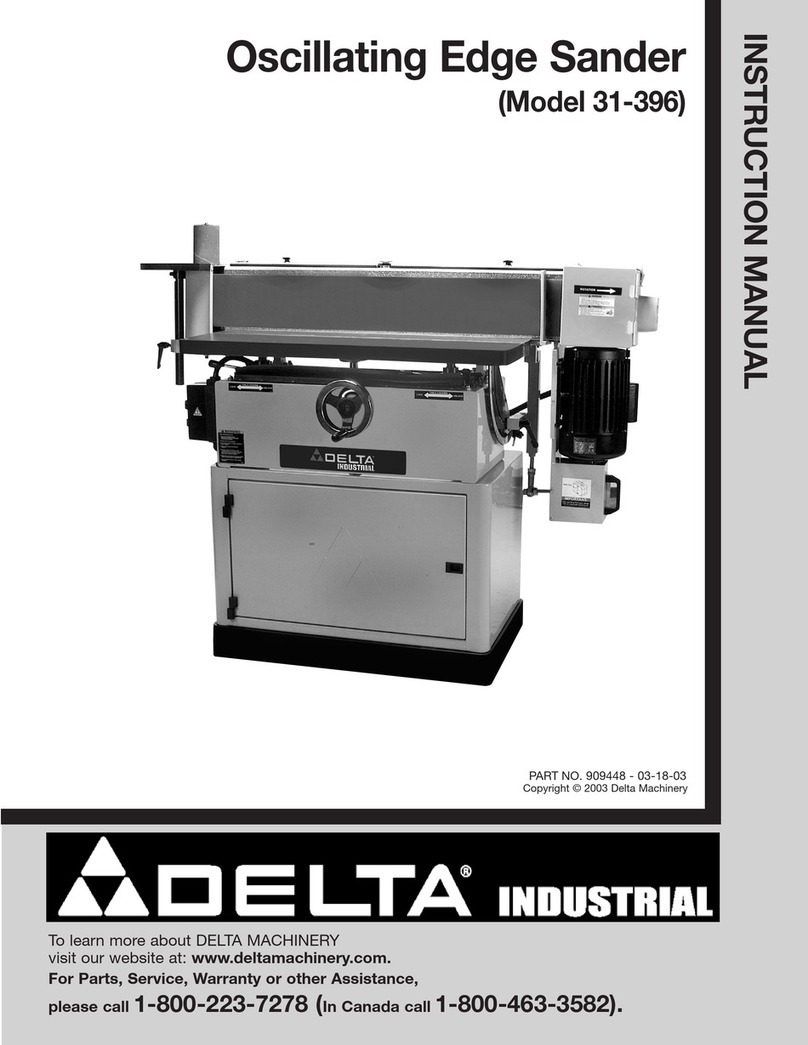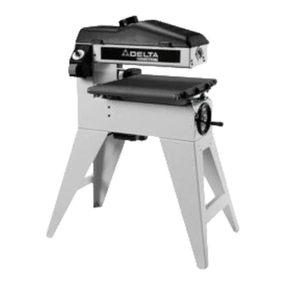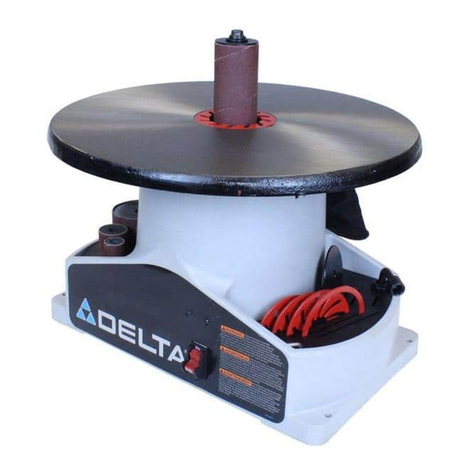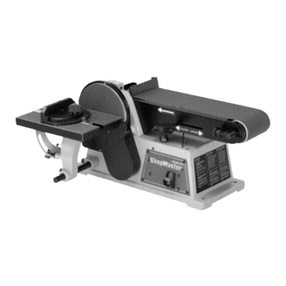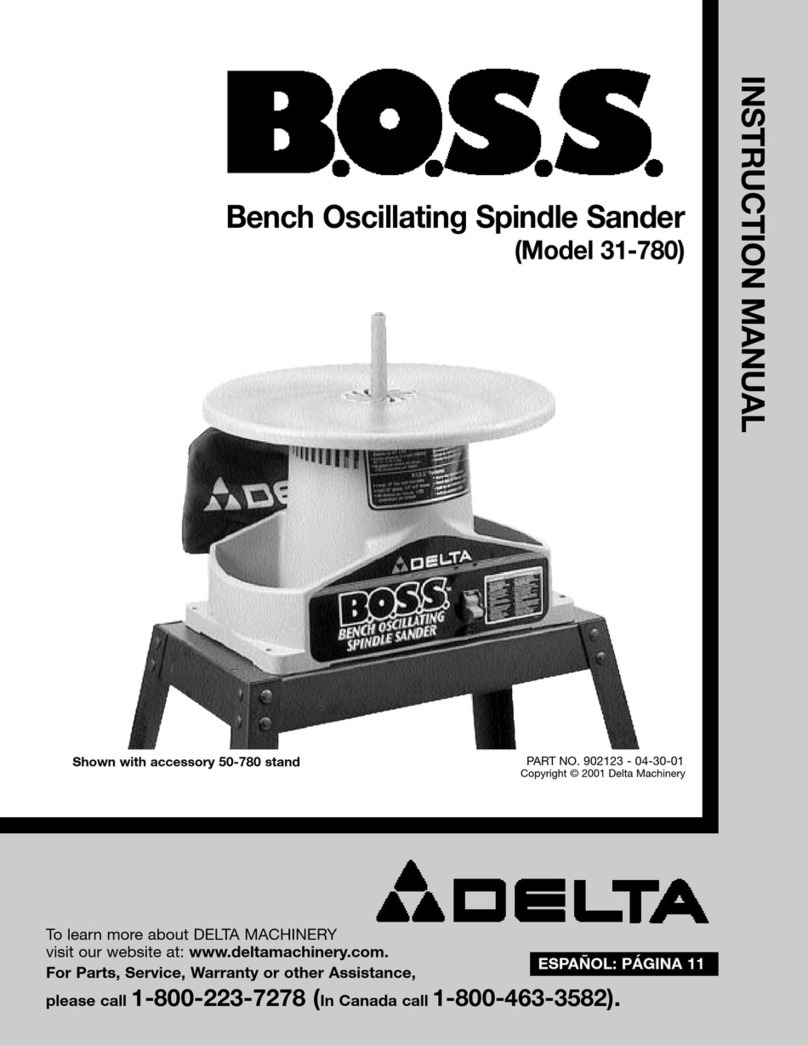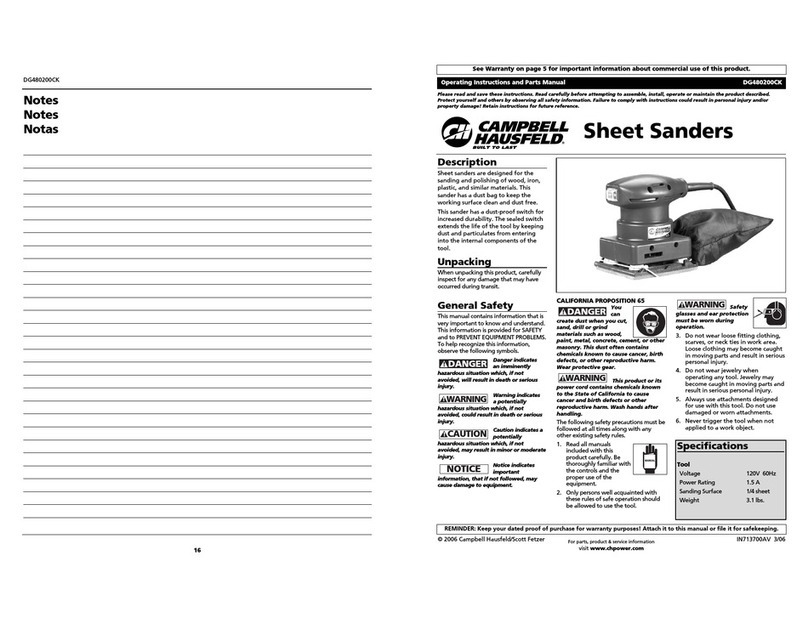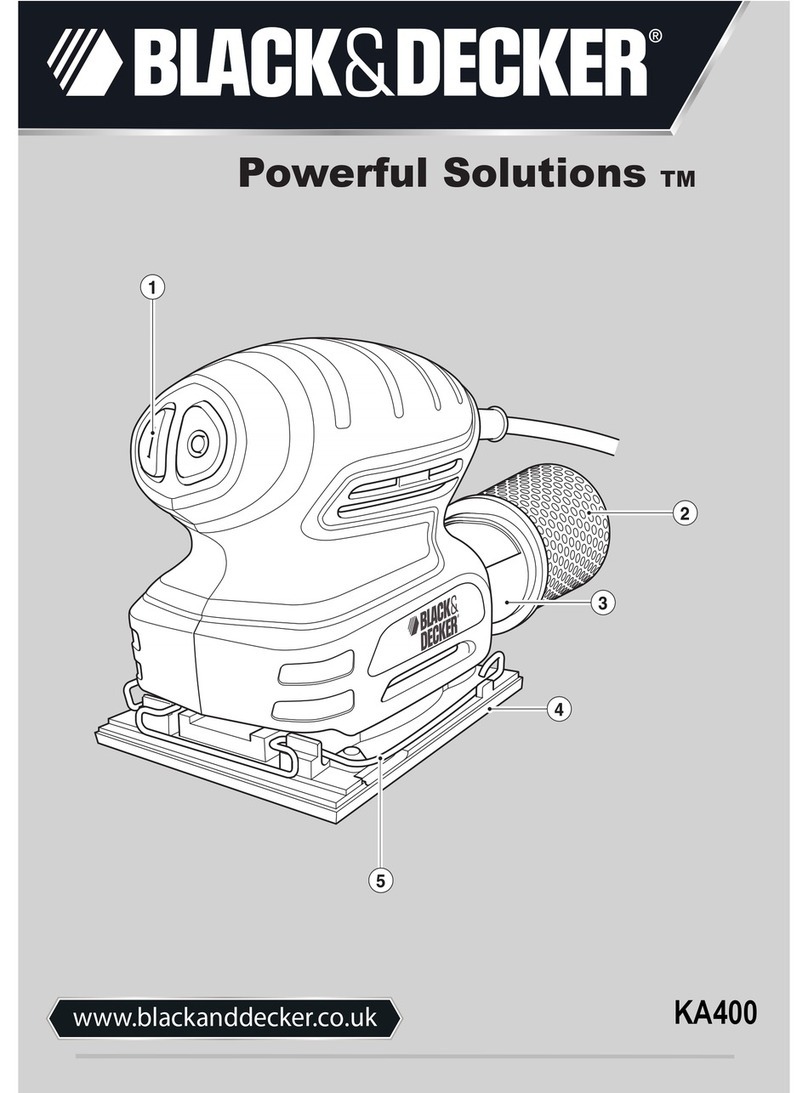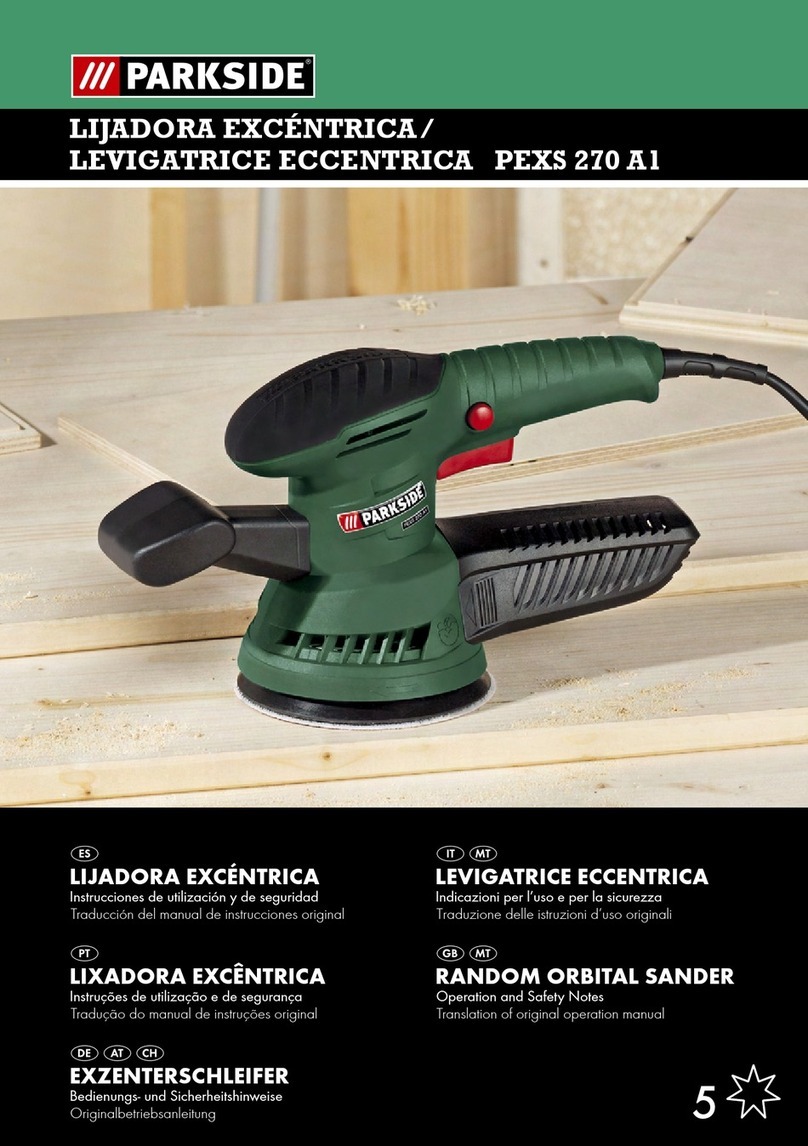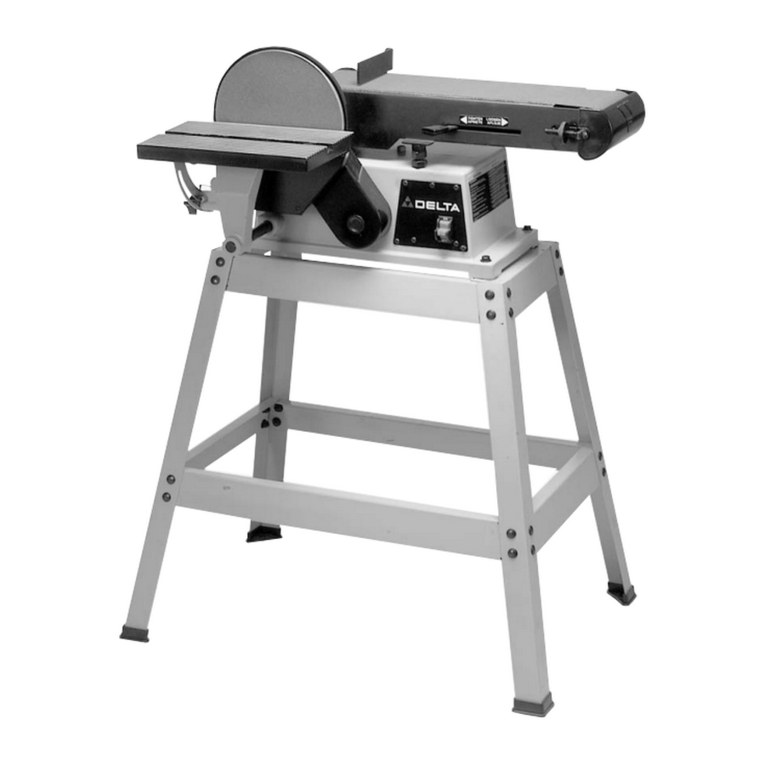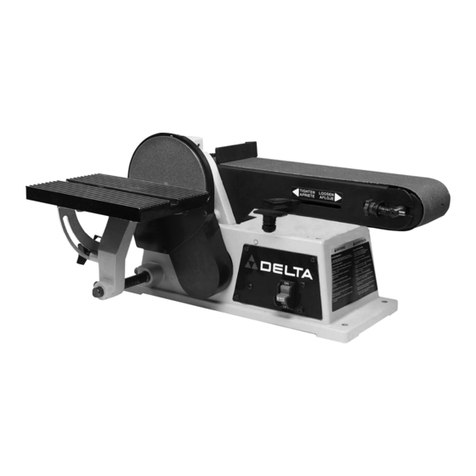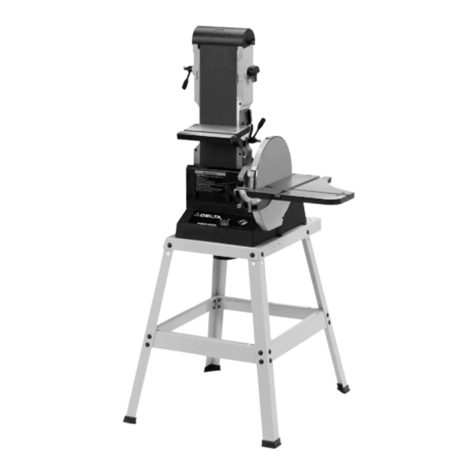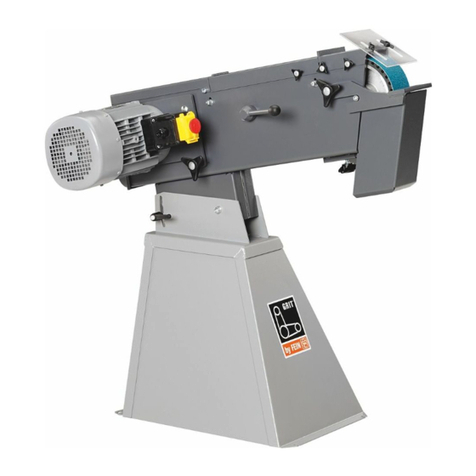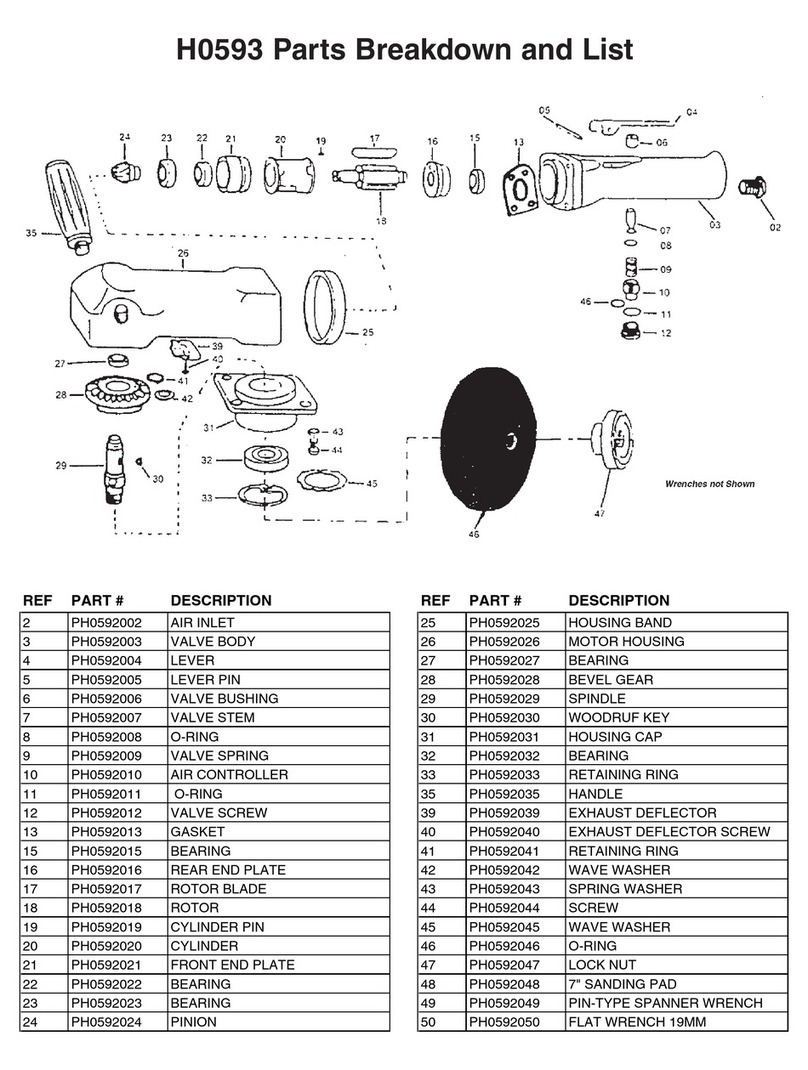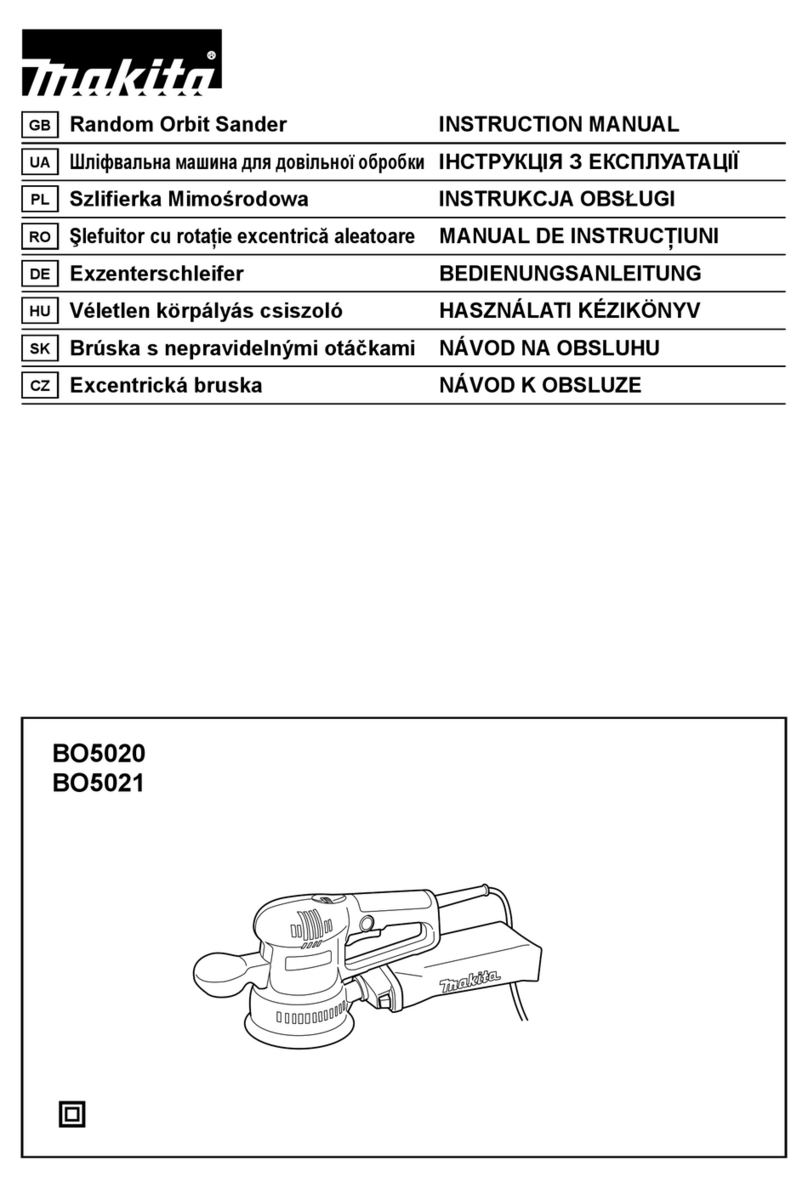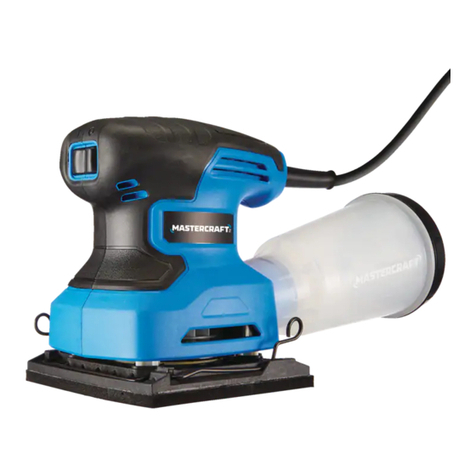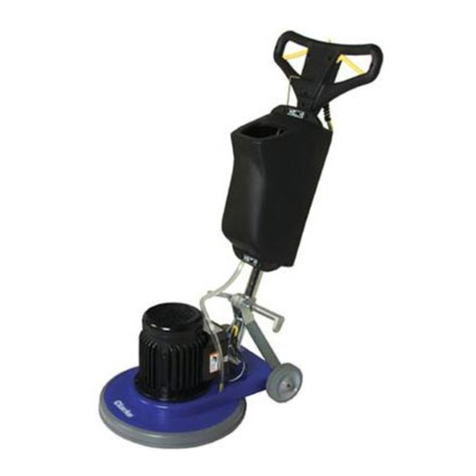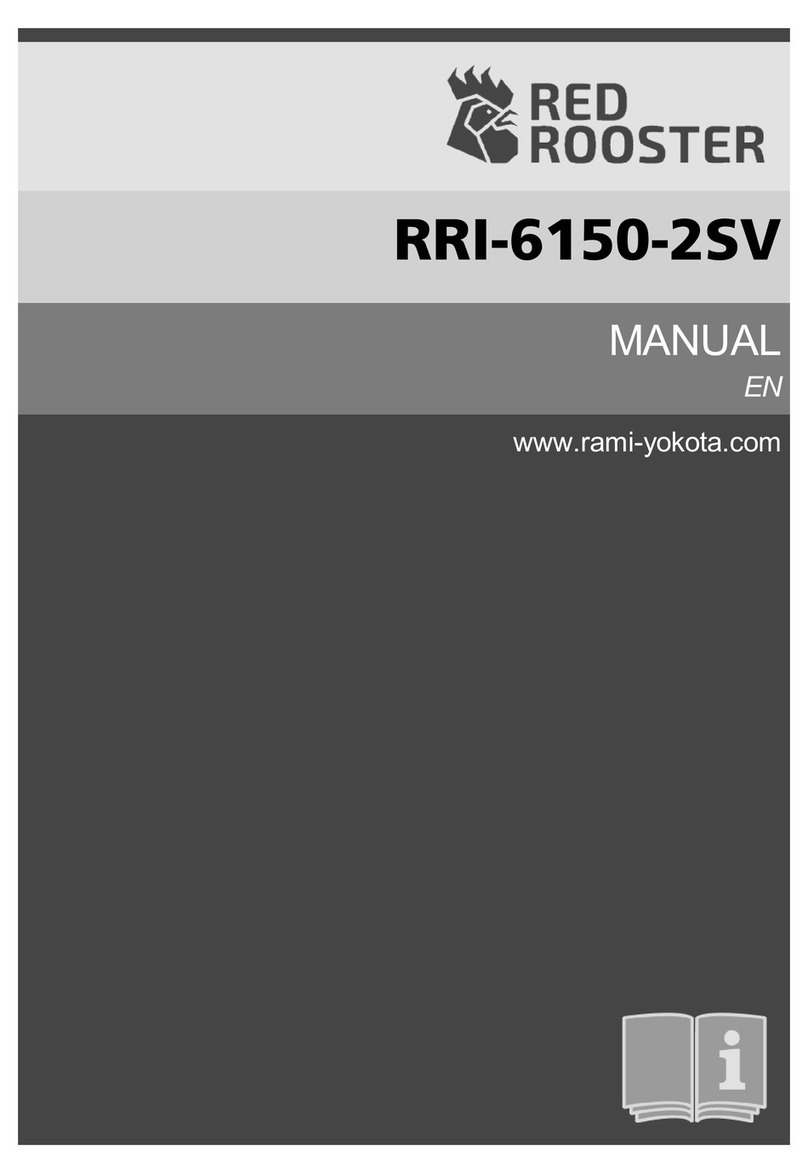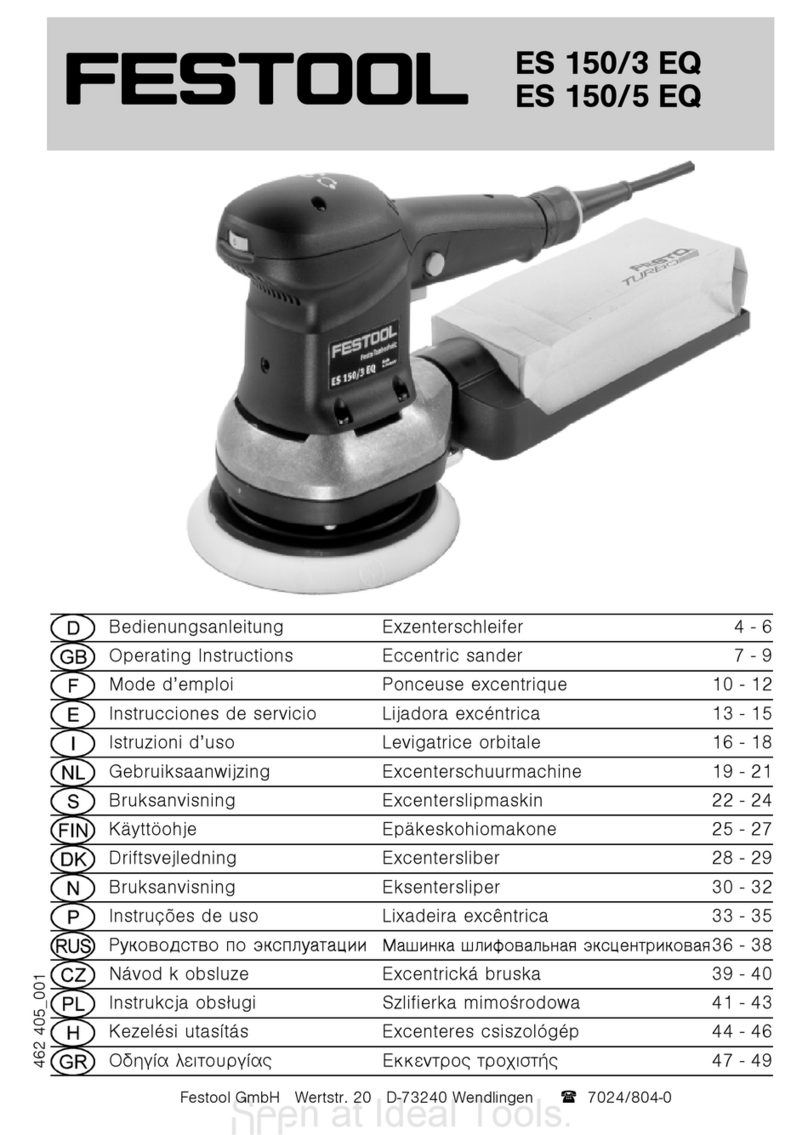
15
LE NON-RESPECT DE CES RÈGLES PEUT ENTRAÎNER DES BLESSURES GRAVES.
RÈGLES DE SÉCURITÉ GÉNÉRALES
LE NON-RESPECT DE CES RÈGLES PEUT ENTRAÎNER DES BLESSURES
PERSONNELLES GRAVES.
• POUR VOTRE PROPRE SÉCURITÉ, ASSUREZ-VOUS D’AVOIR BIEN LU ET COMPRIS LE MANUEL
D’UTILISATION AVANT DE FAIRE FONCTIONNER L’APPAREIL. Apprenez à connaître son domaine d’utilisation et
ses limites, ainsi que les dangers qui lui sont rattachés.
• MAINTENEZ L’AIRE DE TRAVAIL PROPRE. Les aires et les bancs de travail encombrés sont propices aux
accidents.
• NE PAS UTILISER DANS UN ENVIRONNEMENT DANGEREUX. N’utilisez pas cet appareil dans un endroit humide
ou mouillé, et ne l’exposez pas à la pluie. Gardez votre lieu de travail bien éclairé.
• MAINTENEZ LES ENFANTS ET LES VISITEURS À L’ÉCART. Tous les enfants et visiteurs doivent demeurer à une
distance sécuritaire de l’aire de travail.
• DÉBRANCHEZ L’APPAREIL avant toute opération d’entretien.
• VÉRIFIEZ LA PRÉSENCE DE PARTIES ENDOMMAGÉES. Avant d’utiliser l’appareil, assurez-vous de bien réparer
ou remplacer toute partie endommagée.
1. Assurez-vous de lire et comprendre les
avertissements affichés sur l’appareil et dans ce
manuel. Le non-respect de tous ces avertissements
peut entraîner des blessures graves.
2. Remplacer les étiquettes d’avertissement si elles
sont masquées ou si elles ont été retirées.
3. Cette ponceuse à broche oscillante a été conçue et
réalisée pour l’utilisation exclusive des membres du
personnel expérimentés et correctement formés. Si
vous n’êtes pas familier avec l’utilisation appropriée
et sécuritaire d’une ponceuse à bord, ne l’utilisez
pas avant d’avoir acquis les connaissances et la
formation appropriées.
4. Ne pas utiliser cet appareil pour autre chose que
son usage prévu. S’il est utilisé à d’autres fins,
DELTAMD Power Equipment Company, Inc. décline
toute garantie réelle ou implicite et se dégage de
toute responsabilité pour toute blessure qui pourrait
résulter de cette utilisation.
5. Portez toujours des lunettes de sécurité/un masque
facial en utilisant cette ponceuse à broche
oscillante.
6. Avant d’utiliser cette ponceuse, enlevez cravate,
bagues, montres et autres bijoux, et retroussez
vos manches au-dessus du coude. Retirez tous les
vêtements amples et retenez les cheveux longs.
Il est recommandé de porter des chaussures
antidérapantes ou de poser des bandes de
plancher antidérapantes. Ne pas porter de gants.
7. Portez des protecteurs pour l’ouïe (bouchons
ou manchons) pendant les longues périodes
d’utilisation.
8. Certaines poussières produites par les activités de
ponçage, de sciage, de meulage, de perçage ainsi
que d’autres activités de construction peuvent
contenir des produits chimiques pouvant causer
le cancer, des anomalies congénitales ou d’autres
problèmes liés aux fonctions reproductrices. En
voici des exemples :
• Plomb de peintures à base de plomb;
• Silice cristalline de briques, de ciment et d’autres
produits de maçonnerie;
• Arsenic et chrome de bois de sciage traité
chimiquement.
Votre risque à ces expositions varie, selon la
fréquence à laquelle vous effectuez ce genre
d’activité. Pour réduire l’exposition à ces produits
chimiques, travaillez dans un endroit bien ventilé et
avec de l’équipement de protection approuvé, comme
les masques antipoussières spécialement conçus pour
filtrer les particules microscopiques
9. Ne pas utiliser cet appareil en état de fatigue ou avec
les facultés affaiblies par la drogue, l’alcool ou les
médicaments.
10.Avant de brancher l’appareil sur la source
d’alimentation, assurez-vous que le commutateur
est en position « OFF » (« Arrêt »).
11.Assurez-vous que la machine est correctement
mise à la terre.
12.Faites les réglages de la machine ou son entretien
que lorsque celle-ci est débranchée de la source
d’alimentation.
13.Prenez l’habitude de vérifier que tout l’équipement
supplémentaire comme les clés de réglage, les clés
à molette, la ferraille, le matériel et les chiffons de
nettoyage a été éloigné de la machine avant de la
mettre en marche.
14.Gardez les dispositifs de protection en place en tout
temps lorsque l’appareil est utilisé. Faites preuve
d’une extrême prudence s’ils sont enlevés à des
fins d’entretien et remettez-les en place dès la fin de
l’entretien.
15. Assurez-vous que la ponceuse est solidement fixée
au sol avant de l’utiliser.
16.Vérifiez si des parties sont endommagées. Avant
d’utiliser l’appareil, il faut vérifier soigneusement
le dispositif de protection ou toute autre partie
endommagée afin de s’assurer que l’appareil
fonctionnera correctement et remplira sa fonction




















